CHINESE dairy importers are beginning to express trepidation about the country’s dependence on the New Zealand market.
Sandy Chen, who is Rabobank’s dairy analyst in China, said NZ was currently supplying 90 per cent of the country’s milk powder import needs.
“There is an opportunity, potentially, because importers are concerned about an over reliance on NZ,” Mr Chen said.
“They want more diversification of supply.”
NZ was not immune to disease outbreaks or food safety issues, and Mr Chen said dairy importers in China were well aware of this fact.
But Australia is not making any significant inroads into the market, compared to their “cousins” across the Tasman Sea, he said.
Chinese dairy consumption increased from 5.6 litres per person per year in the mid-1990s to 32 litres today.
“The gap between supply and demand was about five per cent before 2008,” he said.
“But now that’s blown out to 20pc.”
The Melamine crisis in 2008 proved to be a huge turning point in China’s dairy production.
About 600,000 people fell victim to Melamine-infected food.
The incident was a result of the chemical being added to milk to make it appear as though it had a higher protein content.
“Before 2008, backyard farmers were milking five-10 cows, while the milk was sold to small milk collection stations,” Mr Chen said.
One consequence of the crisis saw the government shutdown 20,000 to 30,000 collection stations in an effort to tighten and improve milk quality regulations.
However, small farmers found it difficult to continue their operations, because they had nowhere to sell their product.
“There was a shift towards a better safety standard, but those small farms with less than 100 cows actually produced 70pc of China’s milk supply,” he said.
In 2010, Mr Chen said there was a shift to large-scale dairy operations that milked 5000 to 10,000 cows.
There was also a Foot-in-Mouth outbreak in 2013, which further condensed domestic milk supply, combined with a harsh summer in the north of the country.
“The government wanted to upscale production and did that by promoting bigger operations – and private equity investors began to invest in farms with up to 10,000 cows,” he said.
In terms of export opportunities, Mr Chen said those large-scale farms have yet to ramp up – or make any significant marks in closing the 20pc gap between supply and demand.
“There are a lot of challenges, because those farms need to find the right site, consider any biosecurity challenges, as well as the distance to port and markets,” he said.
Water availability and arable land was another hurdle.
“Those large corporate farms also have huge environmental impacts and the government is becoming more aware of that,” he added.
But how long before these big dairy farms start to dilute the chance to supply the country with milk products?
“Last September, there was about 100 corporate dairy farms that were being planned,” he said.
“By 2016, assuming that everything falls into place for those corporate farms, then the gap could start to close, but we won’t see it get back to 5pc until at least 2020.”
Currently there is a window for Australian dairy processors to take advantage of this opportunity, but Mr Chen said the industry needed to recognise the opportunities this situation presented now.
However, it must be taken into account the NZ dairy industry took years to build up a trade relationship with China.
“Given the importance of dairy to NZ, the industry there is focused on delivering products with good quality/food safety, consistency and ensuring stability in supply,” he said.
Some of the important players in the NZ dairy industry are also investing in dairy farming in China, as a return to the local community, which Mr Chen said was a good political gesture.
“These would be the considerations for the Australian industry; how convinced we are of the potential in China, how committed we are to China market (or are we only seeing opportunistic windows for trade?), how we may build our strength and find a niche in relation to China when there is already strong competition from NZ?”
Source: The Australian Dairyfarmer





